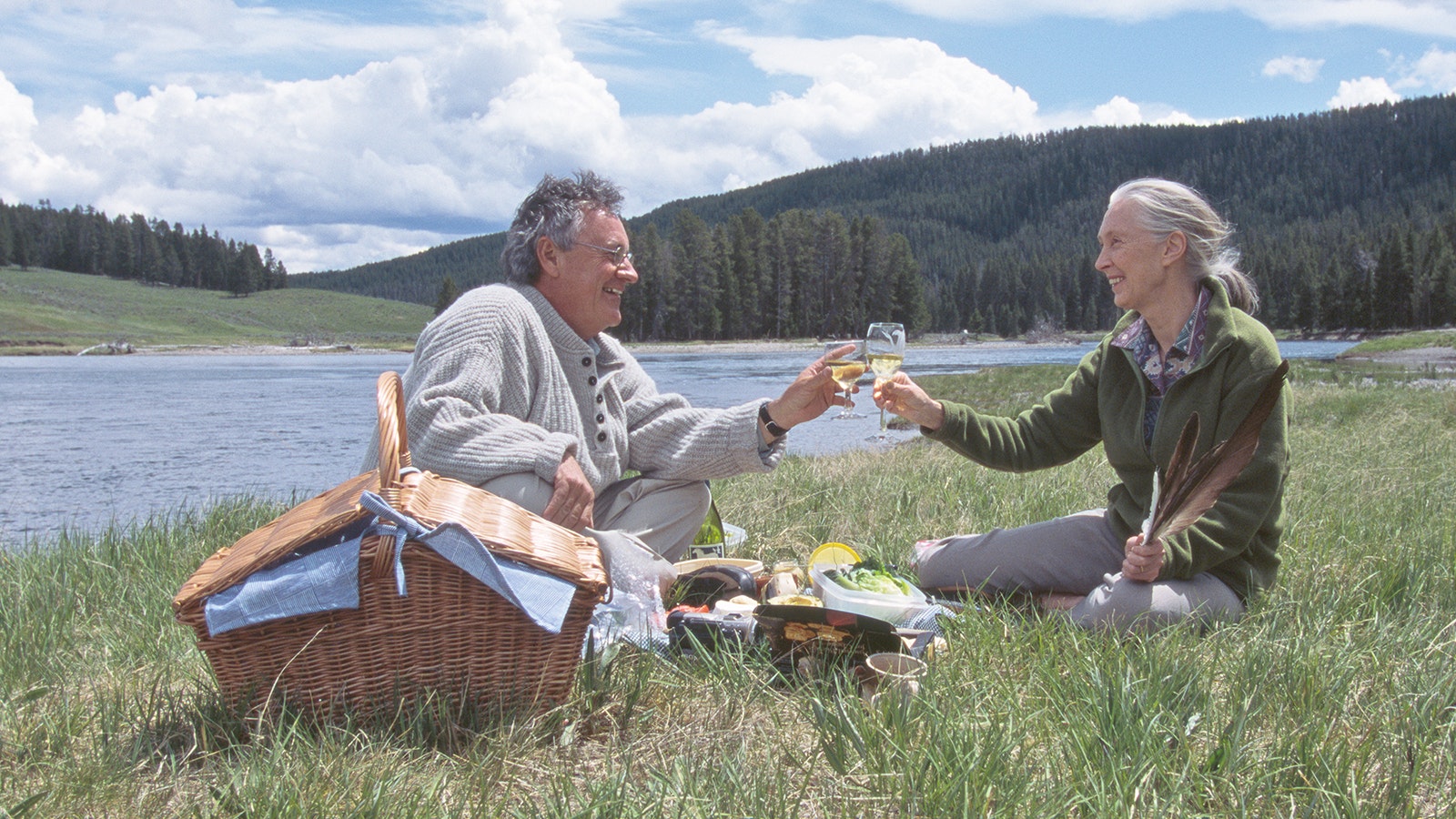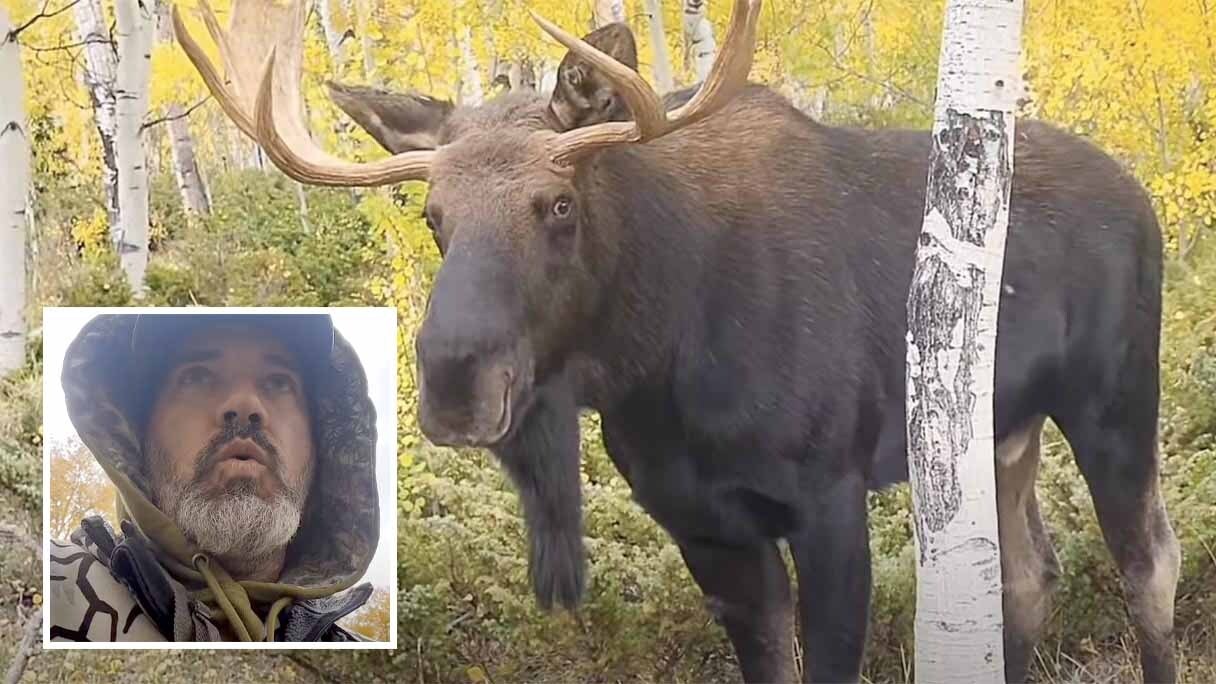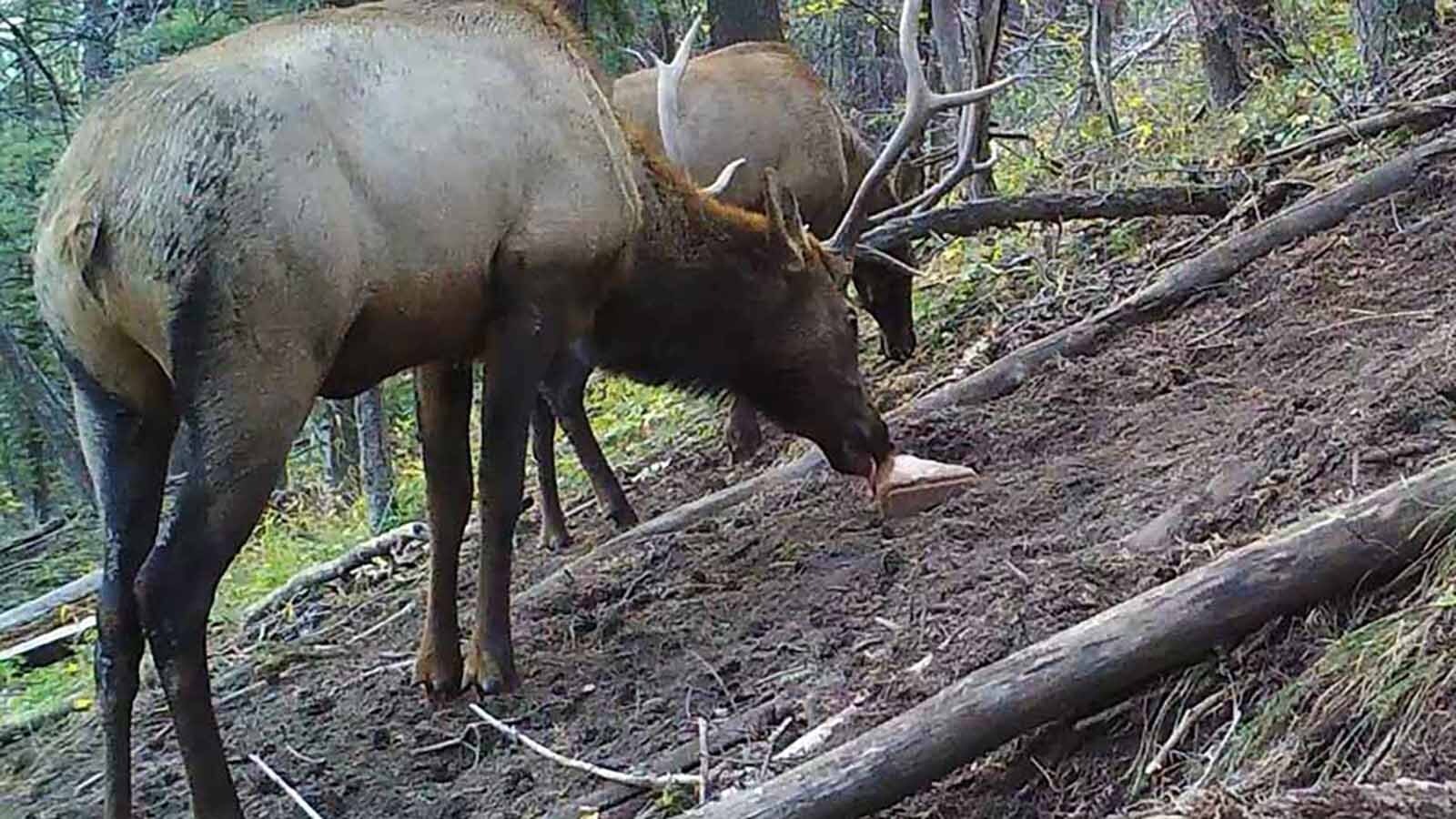Wolves in the wild can’t afford to waste time and energy. Even when they seem to romp and play — almost like giant puppies — there’s serious purpose behind it, wildlife biologists say.
Playing cements social bonds between pack members and helps younger wolves develop the muscles they’ll need to survive.
Play fighting can also help prepare wolves for real fights with other wolves, which frequently are to the death.
Wolf packs can be fiercely territorial. One of Yellowstone National Park’s most famous wolves, 907F, died on Christmas Day 2024 from injuries she suffered in a fight with wolves from a rival pack a few days before.
Wolf play, particularly among pups and yearlings, can prepare the animals for such dire real-life situations, biologist Doug Smith told Cowboy State Daily.
“Play is basically programming and practice for what a wolf is going to encounter in life,” said Smith, who led Yellowstone’s wolf program for nearly three decades and now is the chief biologist at the Jackson Fork Ranch.
Wolves sometimes use objects, including things unwittingly supplied by humans, as aids for play-learning, Wyoming wildlife researcher Kristin Barker told Cowboy State Daily.
She and other researchers found numerous “toys” around dens that wolves had snatched for pups to play with.
“We’ve found Walkman (personal stereos), cameras, gloves and hats. They’ll chew on water bottles and beer cans,” she said.
‘Open-Ended Programs’
Playing is common behavior among not just wolves, but mammals and birds in general, Smith said.
Other critters, such as reptiles and insects, are apparently programmed by genetics with all the skills they’ll need to survive.
But with more complex species, such as wolves, genetic programing isn’t enough to prepare them for all the situations they might face in life, he said.
They have “open-ended programs” that allow for learning and skill-building that goes beyond genetic coding, Smith said, and playing is part of that.
Play also has physical benefits for young wolves.
Wolves need muscles developed in a specific manner to meet the demands of adult life, like traveling long distances and bringing down large prey, he said.
So when wolves are pups, “they are constantly playing” to build up and properly condition those muscles, he said.
Yearling wolves, which are essentially “half adult and half pup,” play frequently too, Smith said.
Spontaneous play seems to taper off in adult wolves. When they play, it’s usually with pups and yearlings, which indicates the adult wolves are good parents, training up their young, he said.
Establishing A Pecking Order
The bonding effects of play are important for wolves because they are social pack animals, Barker said.
If wolves playing together seem to be having fun, that could be part of the bonding experience, she said.
While play has real-life value, wolves might get pure enjoyment out of it.
Research suggests that some animals might experience a “dopamine hit,” similar to what humans get when they’re having fun, Smith said.
Rough-and-tumble play also helps establish a hierarchy.
Retired wildlife biologist Franz Camenzind of Jackson said that as play between wolf siblings becomes “more vigorous,” it can help sort out who’s boss.
Play among pups is a way of “marking strength, dominance and submissiveness,” he told Cowboy State Daily.
Smith said play helps establish wolf pack etiquette, as young wolves figure out “what’s OK and what’s not OK” in terms of behavior toward fellow pack members.
A Marker Of Intelligence?
Wildlife photographer Tammy Neufeld recently captured video of several members of Yellowstone’s Wapiti Lake Pack romping and playing in the Hayden Valley.
In one sequence, a wolf goes to the edge of a steep embankment. The wolf appears to deliberately shove at the dirt with its front paws and watch curiously as the dirt slides downslope.
Such testing-and-observation of the environment makes sense, as it probably helps wolves sharpen skills for hunting and survival, Barker said.
Play and curiosity might aid in “connecting neurons” in young wolves’ brains, like neurons are actively connecting in the brains of children as they soak up new experiences, Smith said.
Play behavior and curiosity are likely markers for intelligence, but that’s difficult to pin down in human terms, Barker and Camenzind said.
“It’s hard to measure intelligence, and we are certainly biased toward thinking that animals that behave more like us are the more intelligent ones,” Barker said.
“Is it (play) a manifestation of intelligence? Hard to say, but learning things through play certainly requires an ability to remember one’s own strengths and weakness and position within a social group,” Camenzind said.
“I would say they all evolved together, with the most successful being the survivors, thereby adding to the next generation’s intelligence,” he added.
Inspiring To Watch
Neufeld is a fan of the Wapiti Lake Pack, and said that watching them play was a rare treat.
A bison carcass drew most of the pack together, she told Cowboy State Daily.
“The Wapiti Lake Pack is currently the largest in Yellowstone, and they have a broad range through Hayden, to Old Faithful, the Firehole and Madison Rivers, and up toward the Northern Range,” she said.
“I've seen a lot of the members of this pack one at a time, or in pairs, but this was the first time I've seen nearly the whole pack together like this (where) the alpha female and male were not there,” she added.
It was inspiring to watch the pack at play, Neufeld said.
“They form intense comaraderies and loyalties and display open affection,” she said. "Their play that particular morning was stunning to watch, highlighting a side of wolves most people don't see or refuse to acknowledge."
Mark Heinz can be reached at mark@cowboystatedaily.com.





